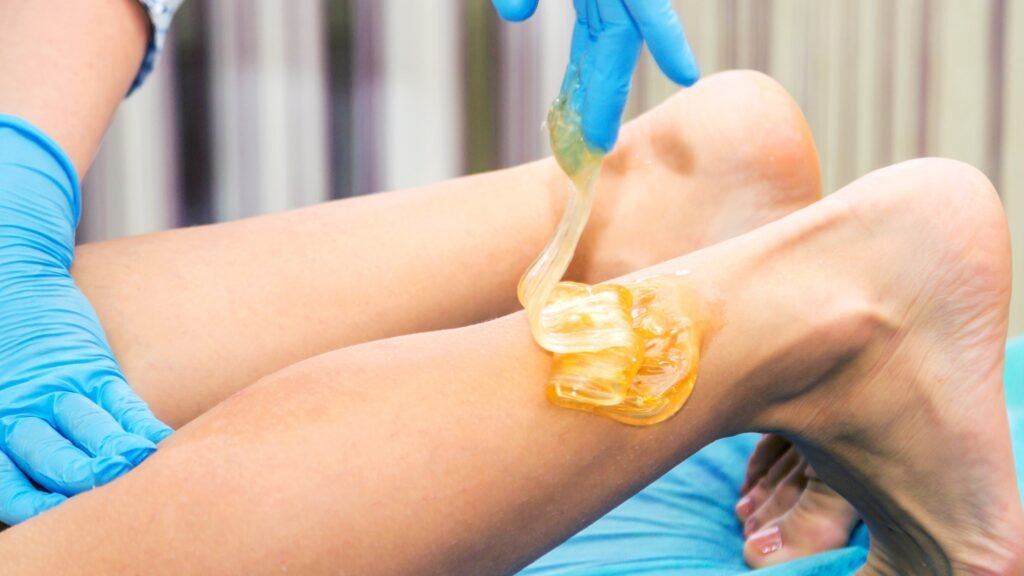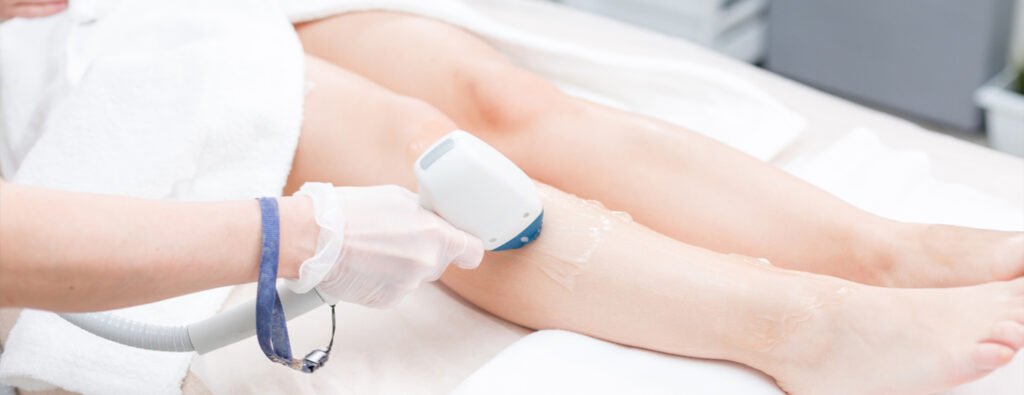
Hair removal can be an arduous, often painful process that many women would rather avoid. Luckily, there are multiple effective strategies available to remove unwanted fuzz – from shaving and waxing to laser treatments – each method has its own benefits and drawbacks; read further for this Ultimate Guide to Hair Removal to decide the one which is best suited for you!
Waxing
One of the greatest benefits of waxing is that its effects are much slower than shaving and hair removal creams, due to damaged follicles needing time to recover and begin producing hair again. Although this takes more time, waxing also ensures your skin will remain soft and silky for much longer after being waxed!
Waxing is safe for all skin types, with natural ingredients like butter and aloe being included in its formulation. As a result, waxing less likely to cause any irritation when done by experienced professionals who know how to prepare and remove the wax properly from your body. There are even wax options specifically tailored for sensitive skin so there’s no need to fear redness or rashes from shaving!
Waxing also reduces the risk of ingrown hairs, an inherent disadvantage of shaving that leaves skin exposed to friction and allows hair to return into pores causing ingrowns. By waxing regularly and extracting hair right from its source, waxing helps ensure finer and softer growth patterns which make ingrowns much less of an issue.
Waxing can also help with other common shaving-related issues like razor burn and rashes, both painful and unsightly conditions that often arise with shaving, such as razor rash and irritation. Shaving with an appropriate blade combined with an effective pre/post wax routine will minimize ingrown hairs while protecting you from razor burn.
Waxing may be uncomfortable at times, but waxing remains an effective and safe hair removal solution that works on all skin types and colors. Plus it’s eco-friendly – with many brands providing washable or biodegradable strips which can be reused after each use before being easily broken down at the end. Waxing helps preserve our environment more than using disposable razors that end up polluting landfills or oceans while saving both your budget and environment!
Shaving
Shaving is one of the simplest and most widely utilized methods for removing unwanted hair. It’s low cost, convenient and can even be completed at home using just a razor, soap, shaving gel or foam. Furthermore, shaving can often be less painful than waxing (unless done improperly ). Unfortunately though, unwanted hair will reappear within days and poor razor blade quality could lead to cuts, nicks and skin irritation as well as ingrown hairs or folliculitis occurring along with stubble growth, making shaving an exercise in darededness rather than an adventurer thing!
Laser Hair Removal
Laser hair removal is a revolutionary advancement in beauty care, offering an efficient and painless solution to shaving, plucking and waxing.
Laser heat focuses its light beam directly on and destroys dark pigment in hair follicles, leaving surrounding skin unaffected and leading to permanent reduction of hair growth or its eventual non-growth.
Laser hair removal is safe for most skin types, though darker tones may require additional precaution. Before going forward with laser hair removal, it’s a good idea to visit a dermatologist and make an appointment; this consultation will determine if you are an ideal candidate and provide valuable tips on how to prepare.
As soon as you know you will be attending a laser session, shaving should take place either the day or morning prior to. This allows the laser light to effectively target and destroy hair that remains visible for treatment. In addition, it is wise to avoid sun exposure and tanning prior to an appointment as these activities can cause skin pigmentation changes that will undermine its efficacy and make treatment ineffective.
Your laser hair removal treatment may take multiple sessions in order to achieve maximum effectiveness, due to human body’s non-synchronous hair growth cycle which means some hairs could be in their anagen phase while others could be either catagen or telogen phases.
After your treatment has been completed, it will be important to wait several weeks before scheduling another appointment. This delay doesn’t indicate your hair is growing back; rather, this signifies the follicles have returned to their initial state and are beginning to shed.
Laser hair removal is a relatively quick and painless procedure performed by experienced professionals, and is highly effective. While not a permanent solution to unwanted hair growth, laser treatments offer much deeper reduction than shaving or waxing – ideal for most skin types and tones alike. As long as realistic expectations are set out when planning treatment sessions and proper aftercare instructions are followed afterward, laser hair removal could offer you silky-smooth future.
Electrolysis
Electrolysis, unlike temporary methods of hair removal, permanently destroys the growth center of hair follicles to stop future hair from growing back. Electrolysis is effective on any area of the body including eyebrows, face, breasts and legs – although multiple sessions may be required before reaching desired results. Before choosing this hair-removal method it’s wise to consult a dermatologist and consider your skin type, color of hair as well as tolerance to pain when making this decision.
Electrolysis, from two Greek words meaning electricity and breakdown respectively, refers to the process of breaking down chemical compounds into their constituent elements using direct electric current passing through liquid forms of the compound in question. Electrolysis can be found in various industries like metallurgy where metals can be extracted from their ore through electrolysis; or electroplating which encases objects with thin layers of gold, silver, zinc or copper for beauty, durability or corrosion resistance purposes.
Undergoing electrolysis requires injecting a small dose of electricity through an inserted needle or fine probe to the base of each hair follicle, whereby this electricity disrupts blood supply to its root and stops new hair production from growing back into that particular follicle. Electrolysis has been recognized by both FDA and American Medical Association as a permanent hair removal method.
Electrolysis can be a painful process, but there are ways to minimize discomfort and shorten treatment sessions for successful results. Some individuals use topical lidocaine cream prior to their appointment to numb the area and lessen any pricking sensations. Furthermore, sun exposure should be limited following electrolysis treatments as certain areas may develop hyperpigmentation over time.
For help finding an electrologist that meets your standards, ask family and friends for recommendations or speak to a dermatologist. When selecting an electrologist, prioritize cleanliness and hygiene over client satisfaction – many clinics offer free consultations; take full advantage of them and ask as many questions as necessary during them.

